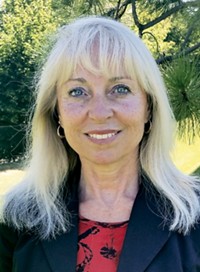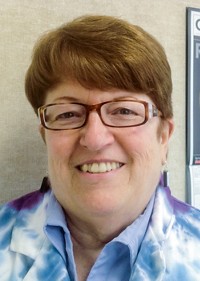Advertisement
Grab your lab coat. Let's get started
Welcome!
Welcome!
Create an account below to get 6 C&EN articles per month, receive newsletters and more - all free.
It seems this is your first time logging in online. Please enter the following information to continue.
As an ACS member you automatically get access to this site. All we need is few more details to create your reading experience.
Not you? Sign in with a different account.
Not you? Sign in with a different account.
ERROR 1
ERROR 1
ERROR 2
ERROR 2
ERROR 2
ERROR 2
ERROR 2
Password and Confirm password must match.
If you have an ACS member number, please enter it here so we can link this account to your membership. (optional)
ERROR 2
ACS values your privacy. By submitting your information, you are gaining access to C&EN and subscribing to our weekly newsletter. We use the information you provide to make your reading experience better, and we will never sell your data to third party members.
Education
Capturing Interest In Science
February 12, 2007
| A version of this story appeared in
Volume 85, Issue 7
Regarding Phyllis Schlafly's letter, I must say that other than the fact that she is completely wrong, she does bring up a good point (C&EN, Aug. 14, 2006, page 4). She and her husband tried to encourage their children to "take engineering in college." Her attempts should have started much earlier.
Much emphasis is placed on the number of women studying science and engineering in college, a time when it is already too late to influence them. My interest in science started in the seventh grade. Part of the problem is the lack of female junior high and high school science teachers. From the eighth grade on, all of my science teachers were male, and, as far as I know, all of the high school chemistry teachers in northern Idaho are men.
A quick survey of my second-semester general chemistry class helped reinforce this. It is a small class of eight students, and of the four women attending today, two want to major in the physical sciences, one in chemistry, and one in physics. When I asked why they were interested in these subjects, the student who was interested in physics said it was because of her eighth-grade science teacher and her high school math teachers. This is when we need to try and capture the scientific interest of all students.
During a meeting of the Idaho Academy of Science executive committee, it was mentioned that some of the female students who had attended the most recent annual meeting and symposium felt out of place because so few women attended. As I look at the program from the meeting, I am struck not only by how few women are listed as coauthors on papers but also by how few of these women are in the physical sciences. Most of the women at the meeting were involved in biological and environmental science research.
Maybe we should look at why so many female students choose to pursue careers in the life sciences rather than the physical sciences. If we can provide young women with role models in the physical sciences early in their educational careers, perhaps more women will choose that path in college.
James R. Jeitler
Coeur d'Alene, Idaho





Join the conversation
Contact the reporter
Submit a Letter to the Editor for publication
Engage with us on Twitter